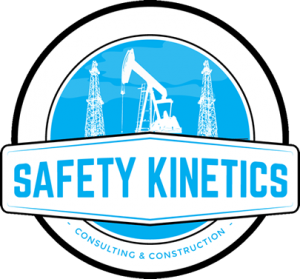
In theory and actual practice, the manner in which safety is handled on our job sites should be consistent from one day to the next. Most important in any safety program is its effectiveness. Are physical hazards eliminated to the greatest extent possible? Are procedural hazards eliminated by proper work methods? Is there an appreciation of the importance of safety by all personnel, including management and workers? Are personnel trained to recognize unsafe situations, and either properly deal with them, or ask for guidance from a supervisor?
A safety program is more than just a list of rules. A safety program requires active employee involvement and management commitment.
Safety programs are not static. They change as new technologies are brought on line; as new hazards are introduced or discovered; as new directions are taken; as new procedures are developed; and as individual job assignments change and grow. Worksite analysis and hazard assessment point the way to what types of training are needed, what types of personal protective equipment are required, and what types of engineering controls can be implemented to limit occupational hazards.
The primary purpose of a safety program is to reduce and/or eliminate health risk and injuries.
In our organization, as in all organizations, our people are our most valuable asset. Your skills are needed and we certainly do not want you to suffer pain from injury or loss of income from disability. However, as a business, we can not be completely altruistic. A good safety program saves money, increases productivity, and improves quality of work.
The benefit to the individual who follows good safety practices is immediate — no injuries. Unfortunately, there is no real way to tell what specific accident did not happen. However, accident rates do go down. The advantage to our organization is costs go down and profits go up. Increased profits benefit all of us in many ways, not the least of which is job security. No reasonable person would expect anyone to know every safety rule or practice for every situation. However, it is reasonable, and expected, that you know the proper safety procedures for your specific job and that, if, thrust into a new situation, you know the need to learn the appropriate safety procedures before proceeding. If you don’t know how to accomplish a task safely — ask! It’s that simple.
There is a safe way to accomplish every task. Do it the safe way!


